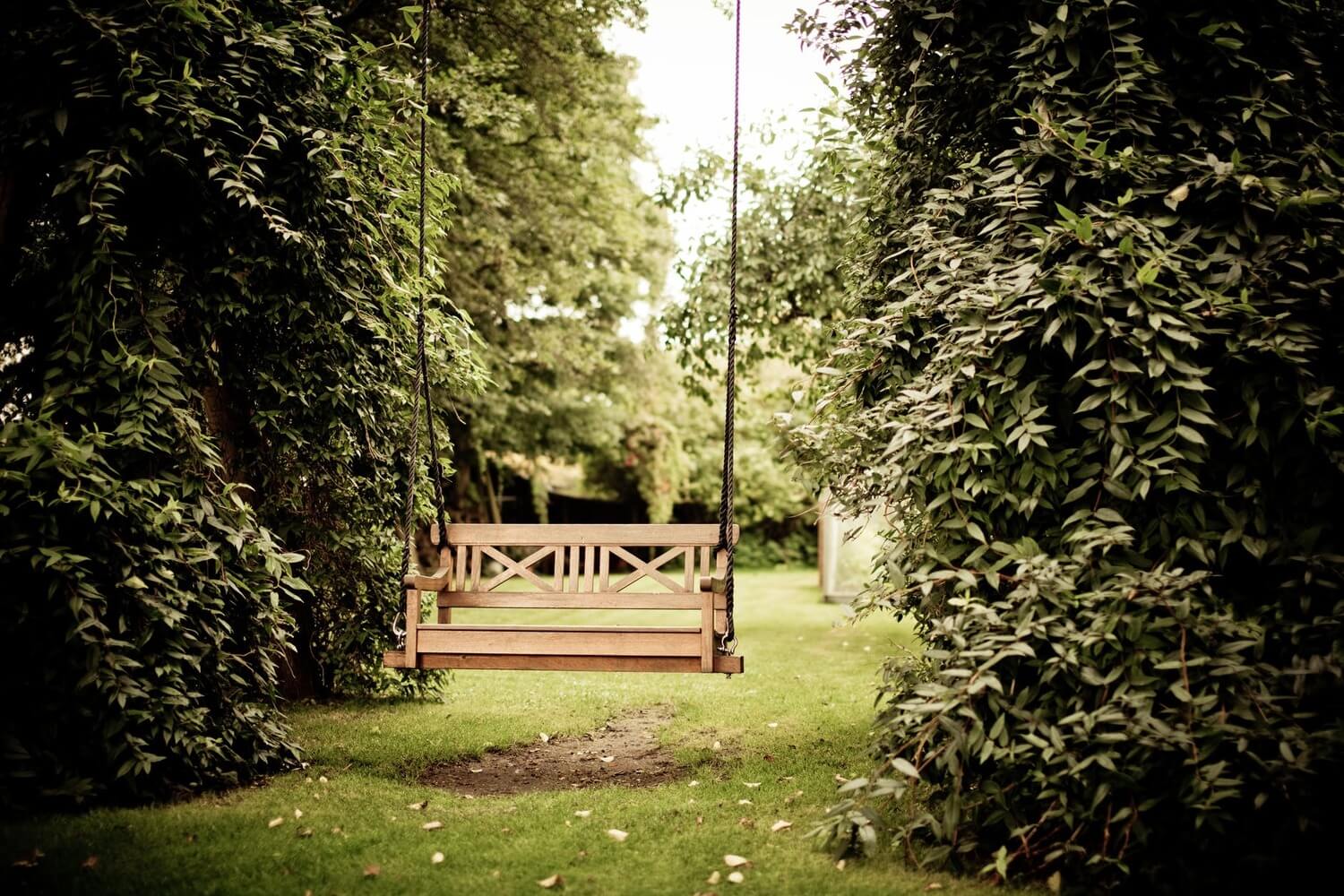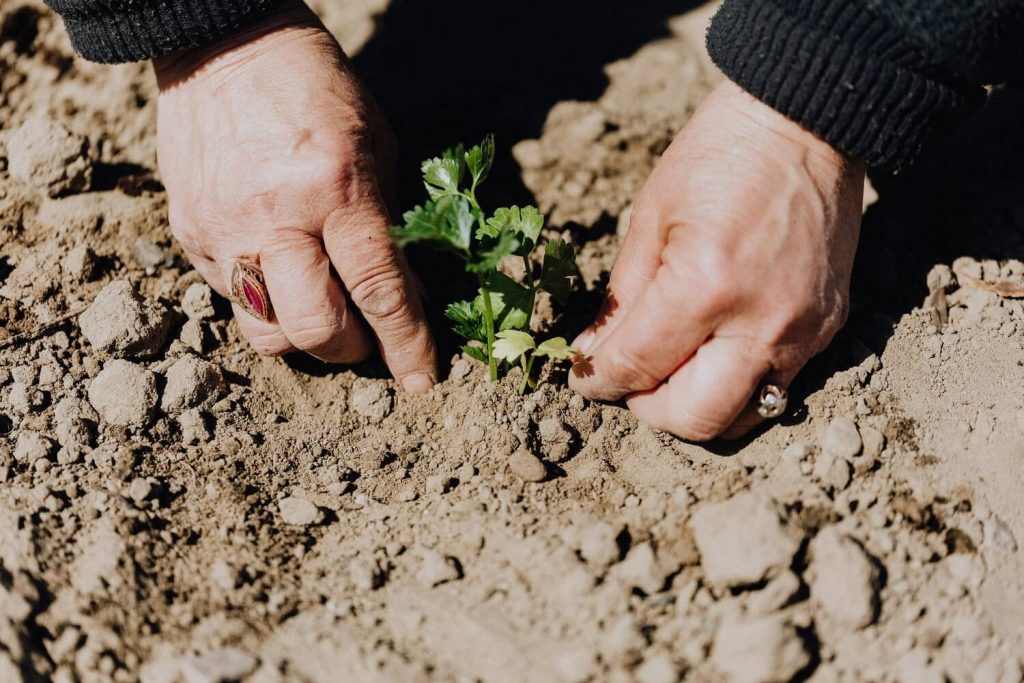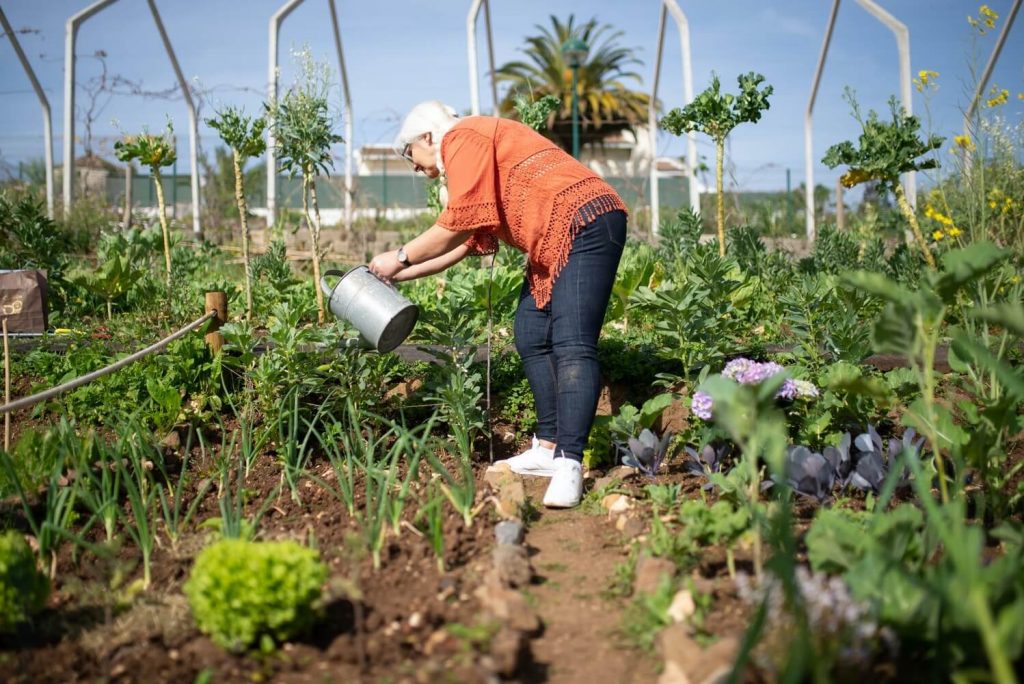
Growing Your Own Garden for Off-Grid Homeowners
So you’ve finally decided to live off the grid. Congratulations, and wow! That is such an amazing feat! But exciting as it is, off-grid living comes with several challenges. One of them is access to organic food now that you’re far away from marketplaces. Thankfully, gardening is here to save the day! Besides providing you with healthy food, it can turn into a fun, therapeutic hobby. To start your journey, here’s a complete step-by-step guide to starting your garden.
Choose the Right Location
The first step to planting a vegetable garden is finding the perfect spot. Choose a leveled location where you can easily access your vegetables, such as the backyard. Next, consider an area where ample sunlight reaches every day. Most plants need to get enough to grow well. Finally, you’ll want to check the natural quality of the soil. If the soil is not fertile, you can grow plants in containers and mix compost into the ground.

Select What Plants You Want to Grow
When starting a garden, you’ve got plenty of options. This can get quite confusing at first. No worries, though. Start by planting those that easily grow, such as potatoes, radishes, tomatoes, peas, spring onions, and beetroots. After a few harvest seasons, you can then take it to the next level with more demanding crops, like celery, cauliflower, sweetcorn, and carrots.
Check Planting Dates and Climate Match
Some vegetables grow well during a particular season, while others can’t thrive in specific weather conditions. In light of this, check the suggested planting dates and the climate around your place to see if it suits the crop you want to grow. Here’s a short list of some of the best plants for every season:
- Spring: Cucumber, beets, carrots, tomatoes
- Summer: Pepper, squash, sorrels, beans
- Fall: Turnips, radishes, green onions, collards, lettuce
- Winter: Garlic, perpetual spinach, asparagus, winter salads
Plan ahead of time what types of veggies would work best on your garden by knowing the environmental conditions to make it grow.
Cultivate the Soil
Now that you’ve determined what crops to grow, it’s time to prepare the soil. You want it to be as fertile and weed-free as possible. You see, tilling it removes unwanted weeds and helps minimize pest attacks. More importantly, it loosens up the soil so air and water can seep through properly. The easiest way to till your soil is by using a rake, spade, or shovel and simply mix it up.
Plant the Seeds
Alright. It’s the moment you’ve been waiting for: planting time! Generally, you have to dig a shallow hole in the ground with enough space for the seeds that they’re not touching each other. Keep in mind that different crops have different requirements, so do your research beforehand. Next, cover the seed with soil again, gently tapping down the surface as if it hasn’t been dug. Lastly, water the crop gently.
Water Them Vegetables Thoroughly
Planting is just the easy part. Like any other young living thing, you’ll have to help your crops grow to their full potential. Take good care of them throughout their life cycle. Start by watering them daily using your rain catchment system but don’t overdo it! Too much water might lead to root rot and other issues. Better yet, purchase a spray nozzle so you can replicate the mist-like effects of rain on your plants.
Take the Weeds Out
Weeds compete with your plants for nutrients in the soil. If you want the most plum and healthiest crops during harvest, be diligent in taking out the weeds. One effective way of doing so is by mulching. This process involves adding a layer of organic pieces, such as barks and wood chips on top of the soil to prevent weed growth and moisture loss.
Fertilize Your Plants Naturally
Adding fertilizers to your plants is a great way to ensure they’ll yield healthy and abundant produce. However, it can be pretty costly as well. Fortunately, you don’t need chemicals or other synthetic products for this method. Organic materials like compost and manure can work wonders too. You should apply fertilizer 1-2 inches below and 2-3 inches beside the seed. Also, avoid placing it when the surrounding foliage is wet. This causes the fertilizer to absorb extra moisture, decreasing its effectiveness.

How to Harvest Your Crop
Just like knowing when to plant your veggies, there’s also a timing to reaping what you sow. That said, most vegetables can be harvested when they’re half-grown already. But you can choose to let them mature even further so they produce more flavor. Honestly, it’s up to you! But be sure to be gentle with the process.
Living Off-Grid and Gardening
Vegetable gardens are a common sight among off-grid homes. Not only is it a healthy way to produce food, but it’s also a good form of exercise and a fun experience overall. Can’t wait for you to try it out!

